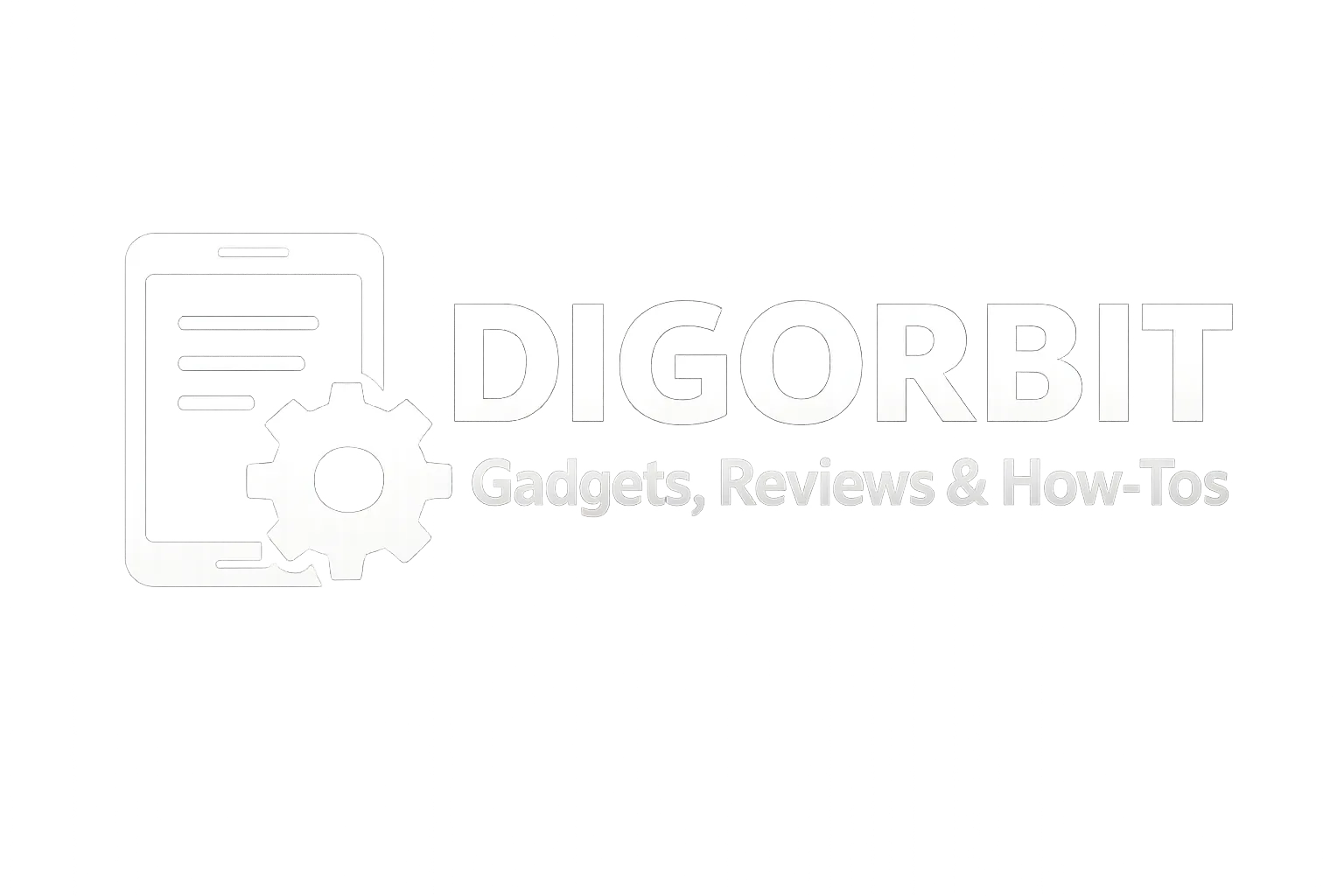Introduction
The Internet of Things (IoT) is transforming the way devices communicate, from smart homes and wearable technology to industrial automation and connected vehicles. But the explosive growth of IoT devices requires faster networks and smarter data processing. That’s where 5G and edge computing come in — together, they are unlocking the full potential of IoT by enabling faster, more reliable, and intelligent connectivity.
1. The Role of 5G in IoT
5G is the fifth generation of mobile networks, offering significantly higher speeds, lower latency, and greater capacity compared to 4G.
Key Benefits of 5G for IoT:
- Faster Data Transmission: 5G enables real-time communication between devices, essential for applications like autonomous vehicles and remote surgery.
- Low Latency: Reduced delay ensures instant responses from connected devices.
- High Device Density: 5G can support millions of devices per square kilometer, critical for smart cities and industrial IoT networks.
With 5G, IoT devices can work together seamlessly, sharing data and insights without delays or interruptions.
2. The Importance of Edge Computing
Edge computing brings data processing closer to the devices generating it, rather than relying solely on centralized cloud servers. This reduces latency, improves speed, and allows devices to operate independently.
How Edge Computing Enhances IoT:
- Real-Time Analytics: Devices can analyze and act on data immediately.
- Reduced Bandwidth Use: Only relevant data is sent to the cloud, reducing network congestion.
- Improved Reliability: Local processing ensures devices can function even when connectivity is limited.
Edge computing and 5G complement each other, creating a responsive and efficient IoT ecosystem.
3. Real-World Applications
The combination of 5G and edge computing is accelerating IoT innovation across industries:
- Smart Cities: Traffic management, energy grids, and public safety systems operate in real time.
- Healthcare: Remote patient monitoring and telemedicine benefit from instant data transmission.
- Manufacturing: Connected machinery can detect faults and optimize production without delay.
- Autonomous Vehicles: Cars communicate with each other and infrastructure for safer navigation.
These examples show how faster networks and local processing power are turning IoT from concept to reality.
4. Challenges and Considerations
While the future is promising, integrating 5G and edge computing with IoT comes with challenges:
- Security Risks: More connected devices mean more potential attack points.
- Infrastructure Costs: Deploying 5G networks and edge computing nodes requires significant investment.
- Interoperability: Different devices and platforms need standardized protocols to work together efficiently.
Addressing these issues is essential to ensure the IoT ecosystem remains secure, scalable, and reliable.
Conclusion
5G and edge computing are revolutionizing the Internet of Things by providing faster connectivity, real-time processing, and support for billions of devices. Together, they are making IoT smarter, more efficient, and ready to transform industries and everyday life. As adoption grows, the combination of these technologies will define the next era of connected innovation.


